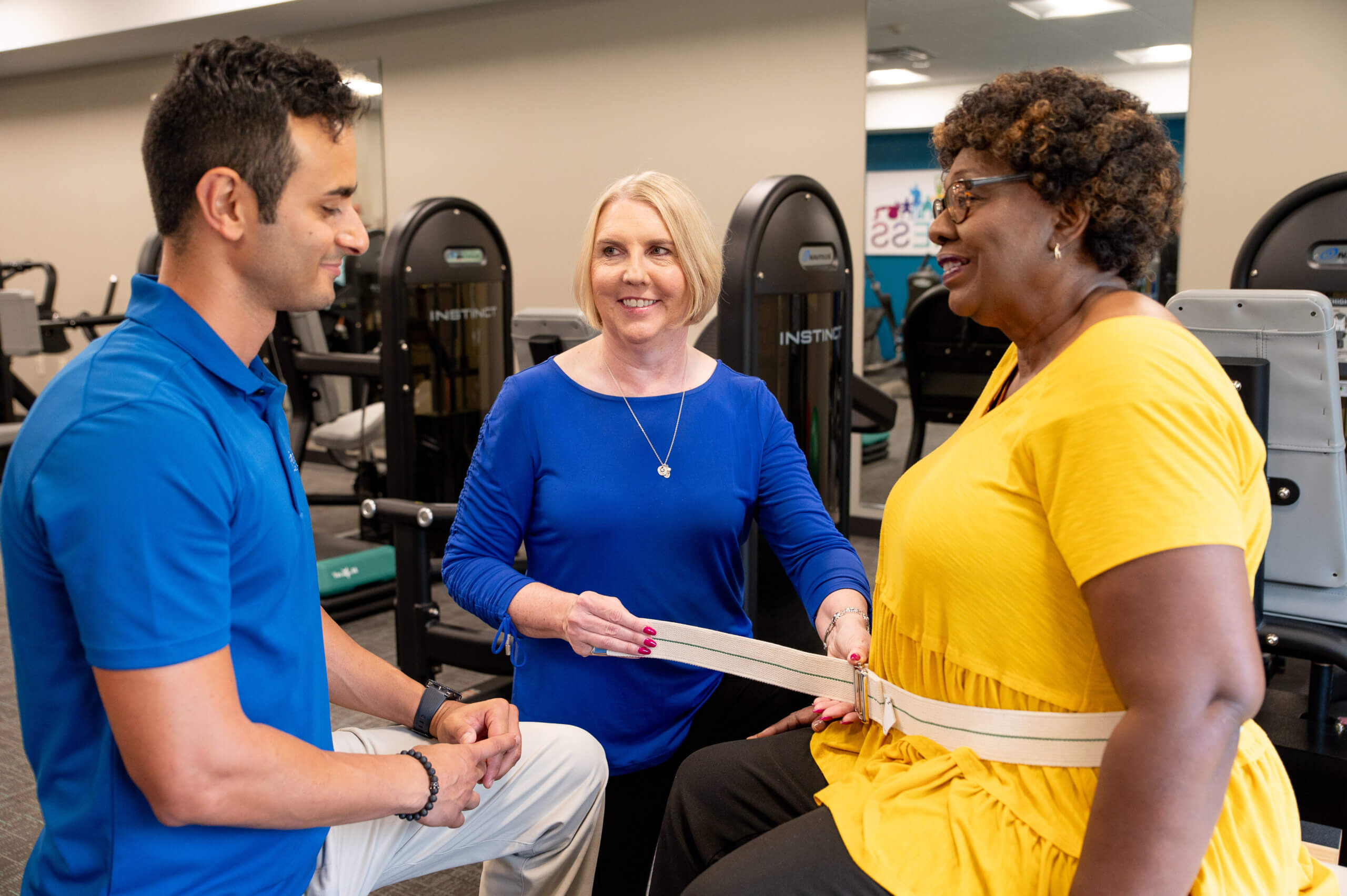Table of contents
Unlocking the Mutual Benefits of Clinical Instruction: A Two-Way Street for Student Therapists and Instructors
For student therapists, there are few educational opportunities more rewarding than placement in a working therapy setting, working side by side with experienced clinical instructors. And the happy truth is that there are nearly as many benefits for the instructors as there are for the students.
“I’ve had over 20 years working with student therapists,” said Joyce Hart, SLP, a speech-language pathologist and clinic director for EmpowerMe Wellness. “It’s really a two-way street. They’re getting what they need for school, but we all really enjoy them being part of the team.” Over her two decades as a clinical instructor, Joyce has cultivated a wealth of best practices and strategies for effective instruction when working with student therapists.
Welcoming Student Therapists to the Team
For Joyce, job one when it comes to working with student therapists is to help them understand what it means to operate as part of a therapy team. “Collaboration with other disciplines is key,” she said. “It’s crucial to work with the other therapists and understand their goals and objectives.” For example, working on sequencing with a patient in speech therapy can also help a patient better accomplish their tasks in occupational therapy or exercises in physical therapy. The result can be a more holistic approach to patient care.
A major component of this process is creating a welcoming and inclusive environment. Students should feel comfortable approaching any team member with questions or concerns. “If they don’t understand why someone is doing something, they should be encouraged to go and ask,” Joyce said. “In speech therapy, students don’t usually get the chance to work with occupational or physical therapists in school. So, it’s important to foster an environment where interdisciplinary communication is encouraged and valued.”
Introducing Student Therapists to the Senior Population
In the field of speech-language pathology, many schools focus heavily on pediatric therapy practices. As a result, the majority of SLP students have never worked with adult patients before, let alone experienced the unique needs of the senior population. This can create a culture shock for some. “Unlike when you’re working with kids, seniors don’t often have a parent or caregiver standing over their shoulder making sure they’re doing their exercises,” Joyce said. “Working with adults requires a different kind of flexibility, and a respect for their boundaries and levels of experience.” It is crucial to help older patients understand the benefits of therapy, and to encourage self-motivation rather than relying on external motivation from caregivers.
One aspect that student therapists often don’t realize is the amount of counseling they are called on to perform with seniors. “Seniors come to us with numerous issues, both medical and personal,” said Joyce. “It’s important for student therapists to take a step back and lend an ear.” This makes it easier to identify the patients’ motivations and build closer relationships with them. “Our patients put a lot of trust in us and look to us to bounce ideas off of. We become almost like friends. That’s something student therapists aren’t always prepared for.”
Empowering Student Therapists to Contribute
Working with student therapists also benefits seasoned therapists by providing them with fresh perspectives. “Every school year, I have students bring in new treatment ideas and developments in the field that can be shared with the entire team,” said Joyce. It is a two-fold benefit, as students get the experience they need for school, and the therapists enjoy having them as part of the team.
While early days in a clinic can be intimidating for some, it’s important to remind students of how much they have to offer the team. Encouraging them to open up and share what they have learned in school can benefit everyone in a variety of ways.
Conclusion
Working with student therapists requires a collaborative and inclusive approach. By making them feel like part of the team, understanding their unique challenges, and providing a supportive learning environment, clinical instructors can help them develop into competent and compassionate therapists. The benefits of working with student therapists are twofold, as they bring fresh perspectives and ideas while gaining valuable experience for their future careers.
Whether you’re an experienced therapist looking to help the next generation or a new clinician just starting out, you’ll find a path to a fantastic new career at EmpowerMe Wellness. To learn more about opportunities near you, visit careers.empowerme.com.



